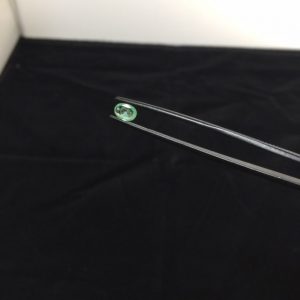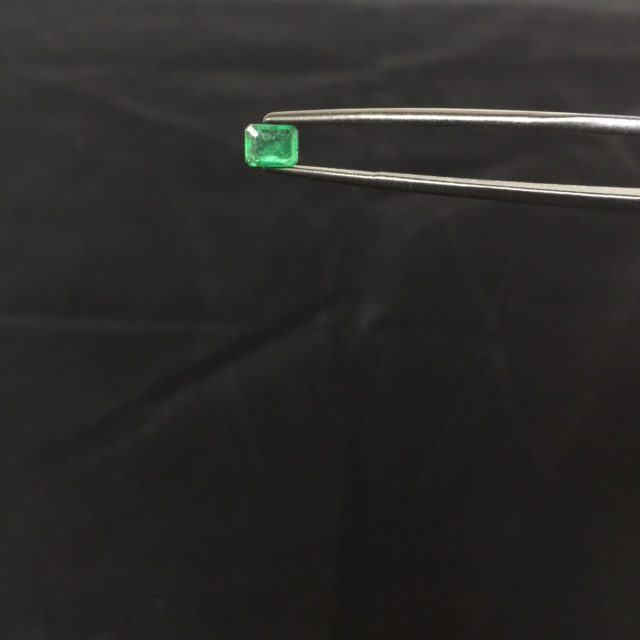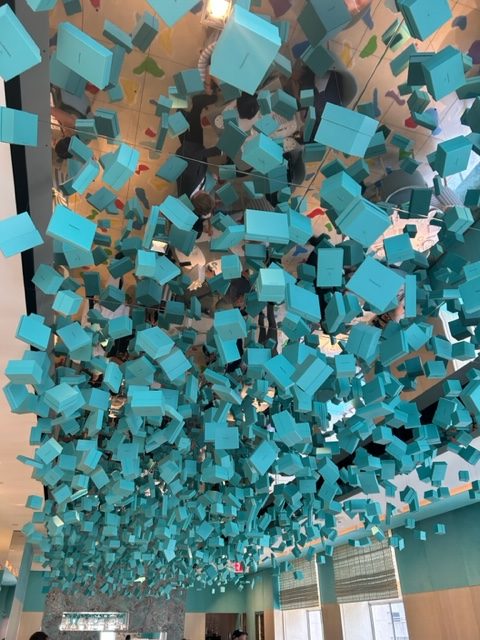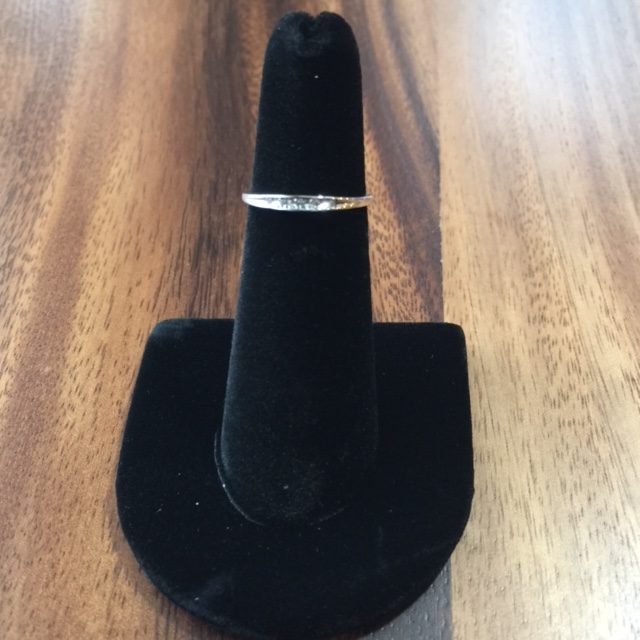Introduction
It is May, and it’s time to talk about Emerald, which just so happens to be the birthstone for May! Emerald is all about color! The US has historically been the world’s largest market for faceted Emeralds. The rich bluish-green of Emerald is the color that all other green gemstones are measured up against. Emerald’s color is the result of trace elements of iron, chromium and vanadium. Emeralds with the most intense green color generally have a higher chromium or vanadium content. When iron levels are high, Emerald is a bluer green, and when iron levels are lower, the Emerald will have a purer green.
Emerald Classification
Emerald is a member of the beryl family, which also includes Aquamarine and Morganite, a pinkish-purple beryl. There are those in the trade that give the name Emerald to any green beryl colored by chromium, but this is not correct. While there are differing opinions on what truly constitutes Emerald, it is generally accepted to call a stone green beryl if the stone is too light to be classified as Emerald.
Emerald Values
The most valuable Emeralds are those which are highly transparent, with evenly distributed color and no color zoning. They should also be highly transparent with no visible inclusions.
Where you find Emeralds
Emeralds are mined in such places as Brazil, Colombia and Zambia. Emeralds are formed is metamorphic-rock environments where pegmatites and schists come together. Emeralds often form as six-sided prisms. Emeralds are usually cut as an Emerald cut, which is a step cut with a large square or rectangular table and faceted corners. Cutting this way can protect the stone, because Emeralds are more brittle than other stones and they are more vulnerable to damage when worn everyday. Cutting an Emerald cut can protect the stones because the corners are faceted and provide a good place for prongs. Emeralds can also be cut in usual gems shapes such as round, oval, pear or cabochon, especially if the Emerald is heavily included. After Colombia, Zambia mines the most Emeralds.
Emerald Inclusions
Nearly all Emeralds have inclusions that can be viewed without magnification. Emeralds are classified for clarity purposes as Lightly Included, Moderately Included or Heavily Included. These inclusions are usually fractures, needles, fingerprints, liquid inclusions, crystals, growth tubes, or two-or-three phase inclusions. The most common of these are fractures and liquid inclusions. If the inclusions are very visible, or affect the integrity of the stone (such as a fracture or feather) the value of the Emerald will be much less.
Emerald Treatments
More than 90 percent of Emeralds are treated in some way. The most common is called fracture filling. This is when oil or oil combined with other elements is inserted in a fracture. If the refractive index of the substance is close to Emerald’s, it makes the fracture less visible. When cleaning Emerald, it is best to stay away from the ultrasonic cleaners that many jewelry stores use. Ultrasonic vibrations can cause oil or resin to come loose, and can also cause damage to the stone, especially if it has surface-reaching fractures. It is best to clean emerald with warm mildly-soapy water.
Shopping for an Emerald
When shopping for an Emerald, it is always best to see it in person. Unless money is no object, you should accept that any Emerald you purchase will have inclusions, but it will be up to you to decide what you can live with. Some people will care more about color, some people will care more about clarity and placement of inclusions. In the end, I am confident that you will find the Emerald that fits your lifestyle and budget. It is important to remember that Emeralds are a 7.5-8 on the Mohs scale, so they are great for everyday wear in pendants or earrings, but as rings you need to be much more careful. Some bezel settings are ideal because they protect your stone from the damage of everyday wear.

Green beryl









